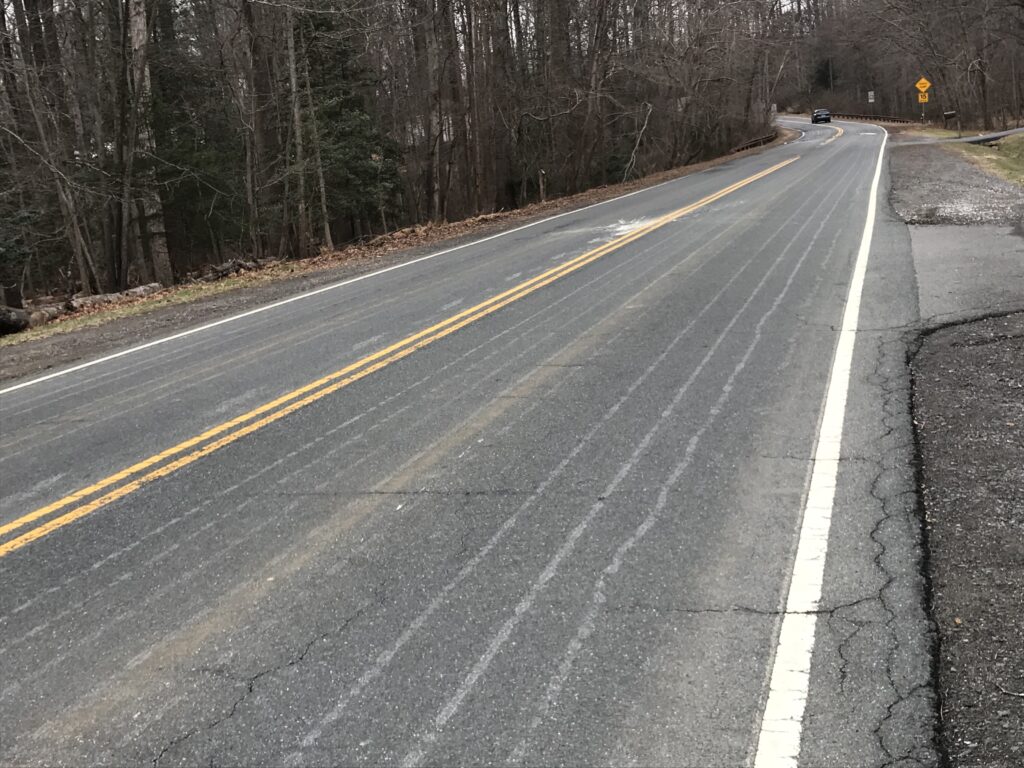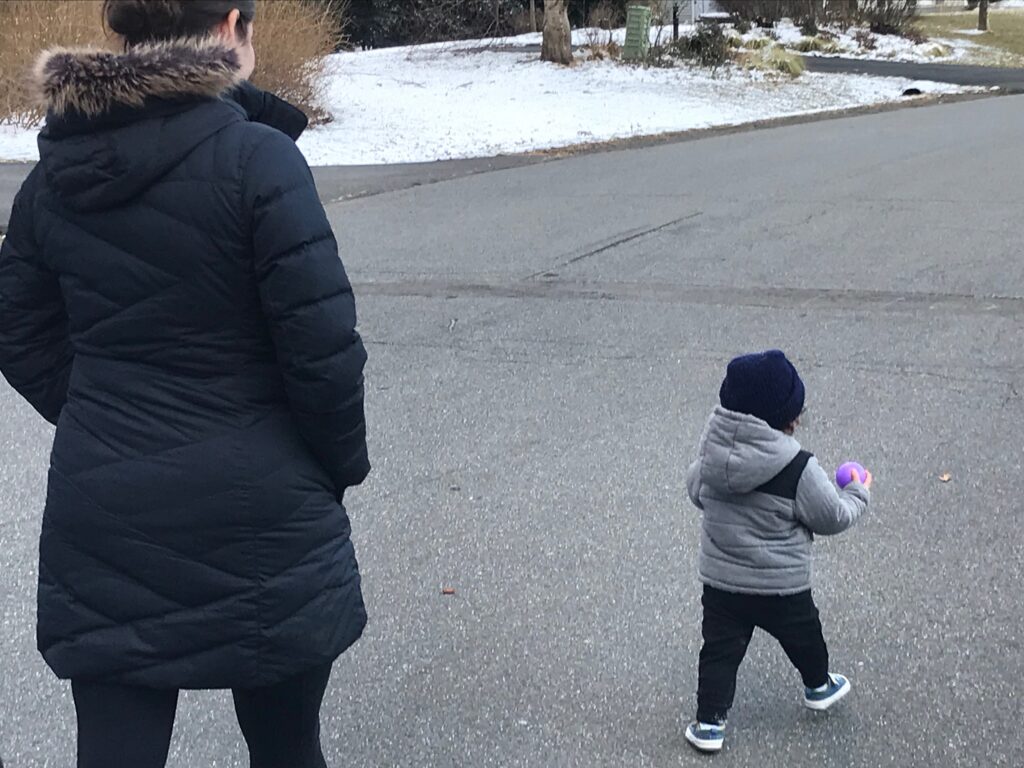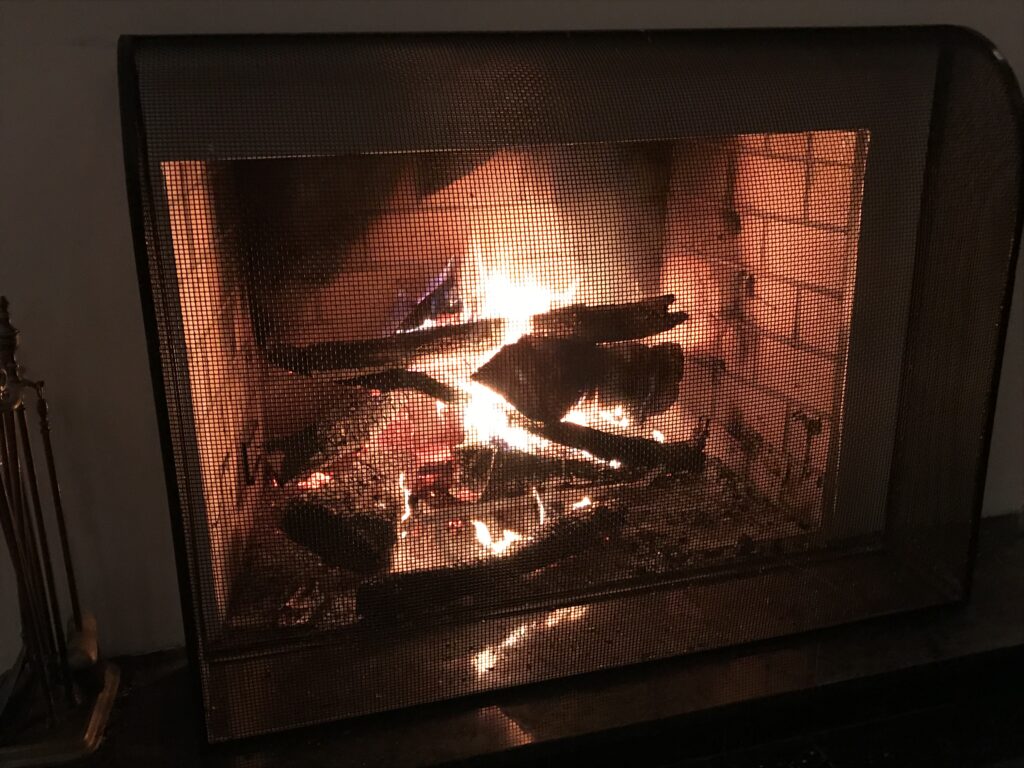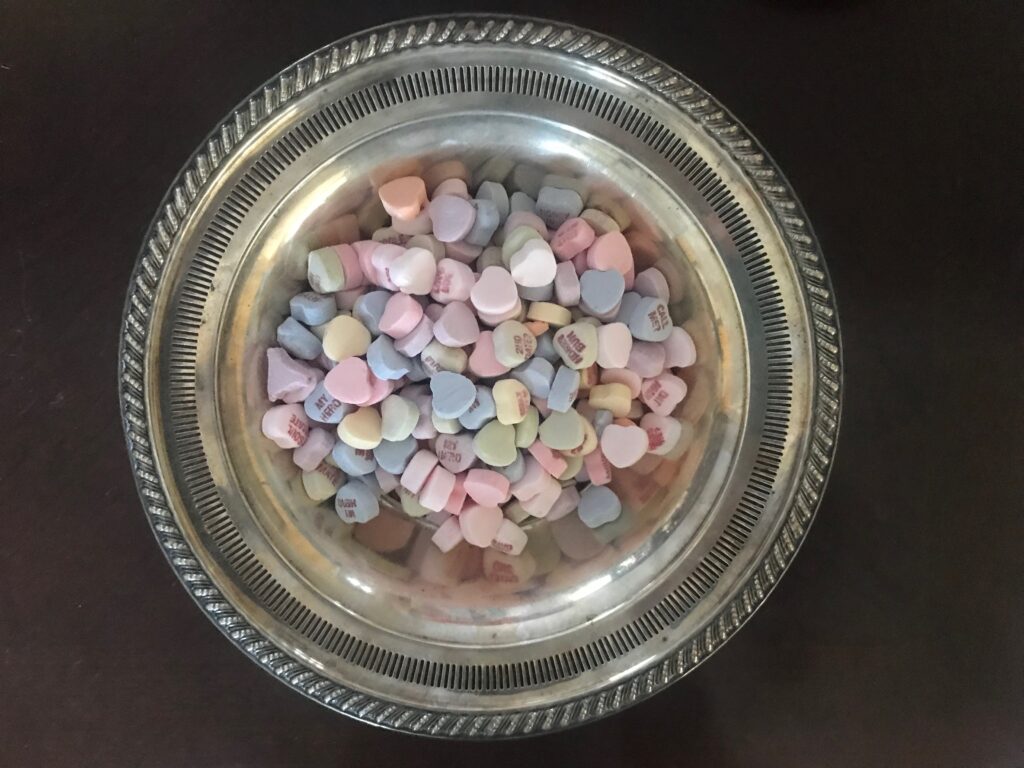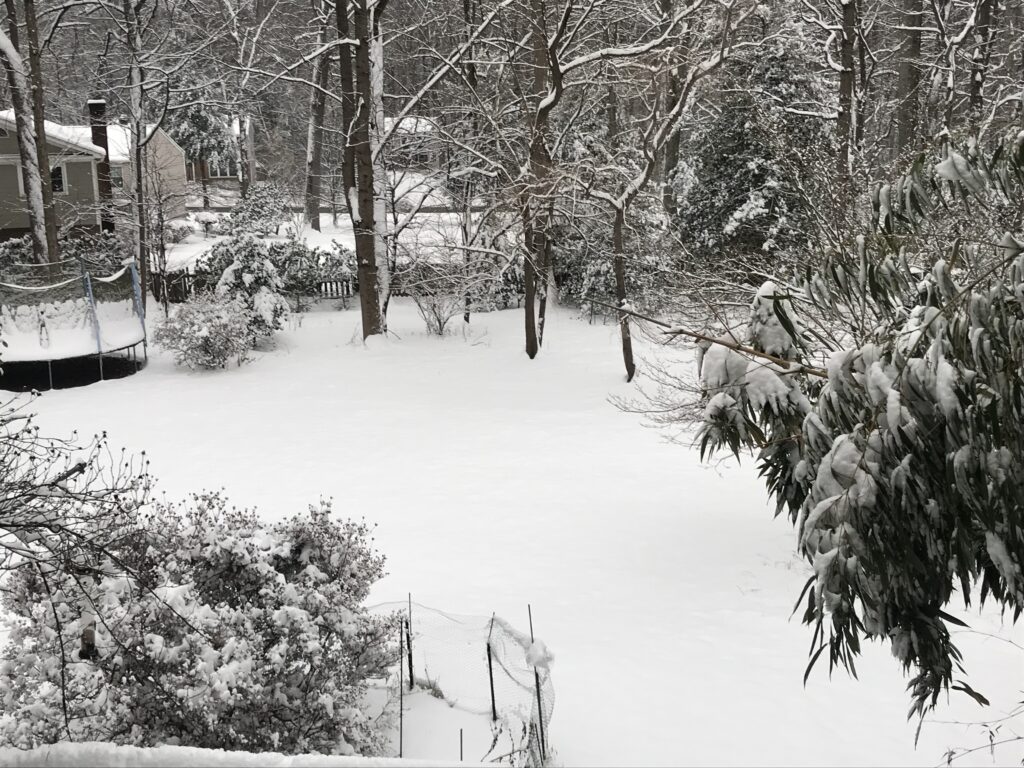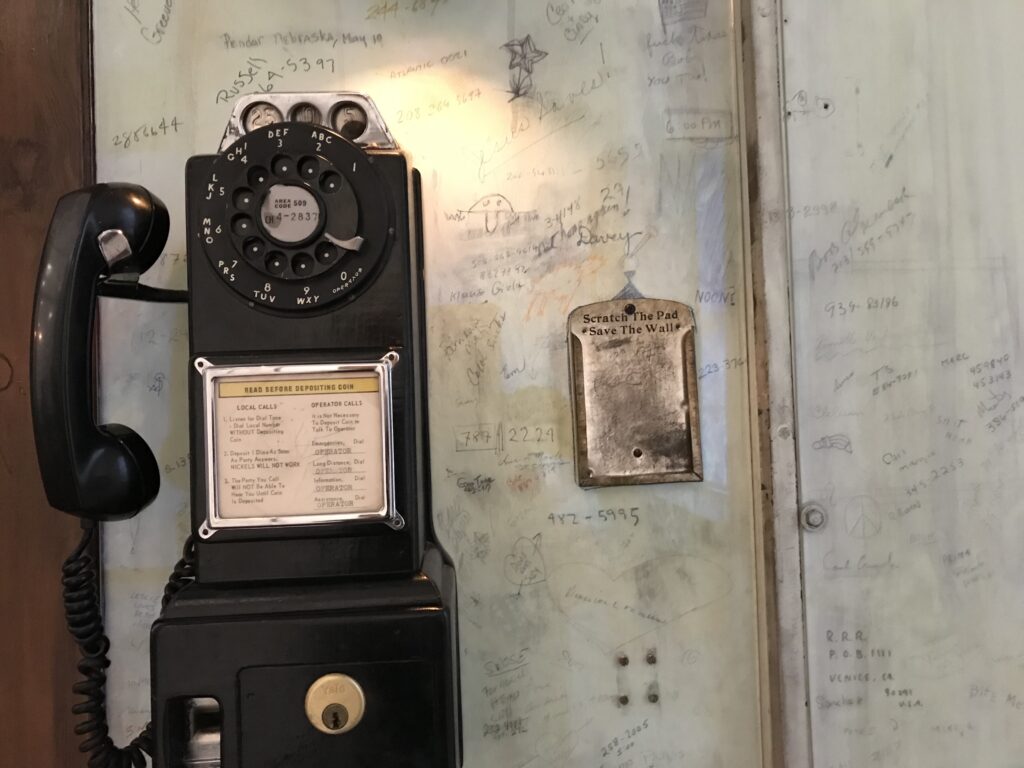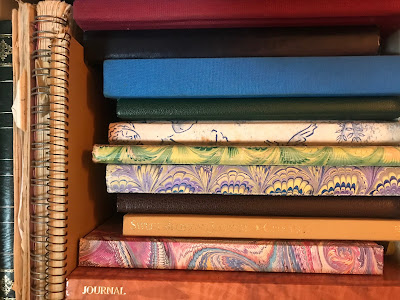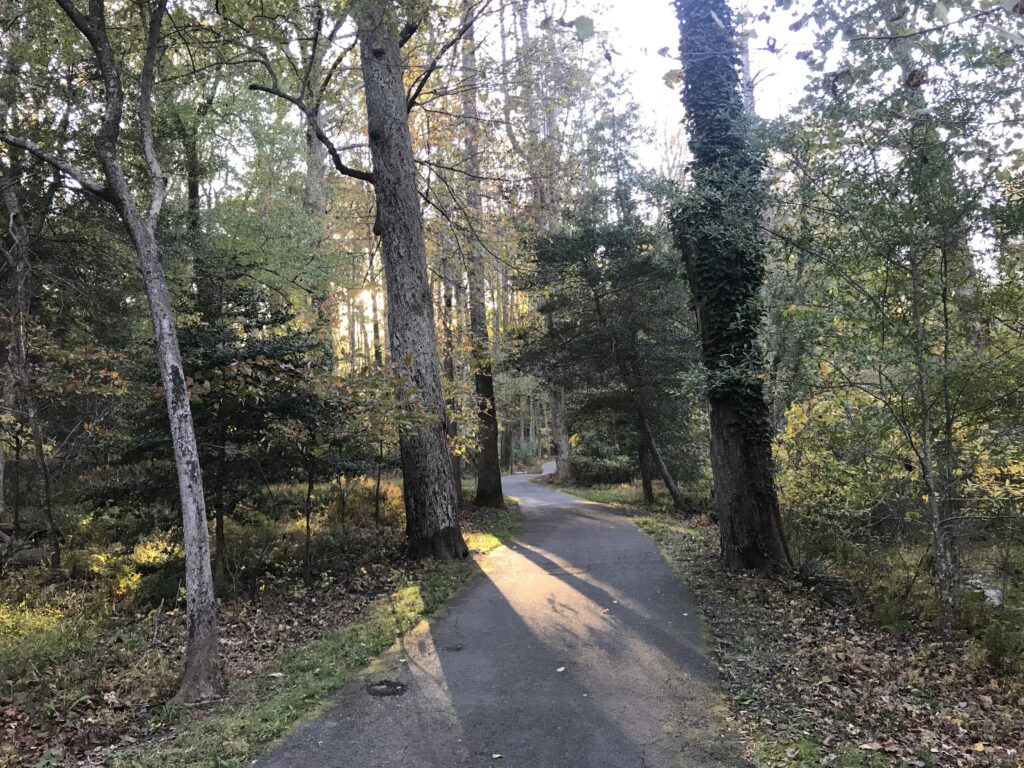‘All Was Light’

Last week’s class was about Galileo. This week it was Sir Isaac Newton, widely regarded as one of the most influential scientists of all time. His laws of motion and universal gravity put to rest any doubt about an earth-centered universe, and his book Principia laid the foundations for classical mechanics.
Newton was one of the inventors of calculus and his theories on optics showed us that white light is composed of all the colors of the rainbow. His work spanned optics, physics, mathematics, thermodynamics, chemistry and early economics. Later in life he was named Master of the Mint and he reformed British currency.
After hearing all of this in class last night, I wanted to learn more about the man himself, so I looked him up this morning. He was born prematurely, three months after his father’s death. He was so small at birth that his mother said he could fit in a quart jar. The plague interrupted his studies at Cambridge and sent him home to spend two of the most productive years any scientist ever spent, when he developed theories of gravity and optics.
Newton was the first scientist to be buried in Westminster Abbey. Alexander Pope wrote this epitaph: “Nature and nature’s laws lay hid in night. God said, “Let Newton be” and all was light.”
